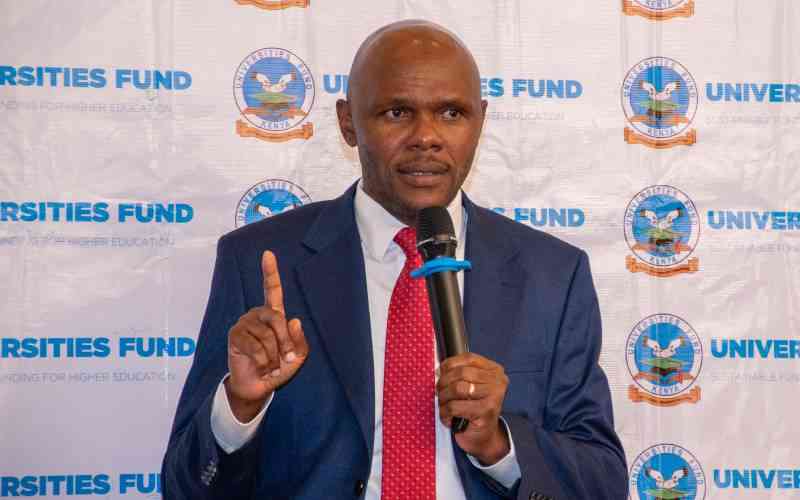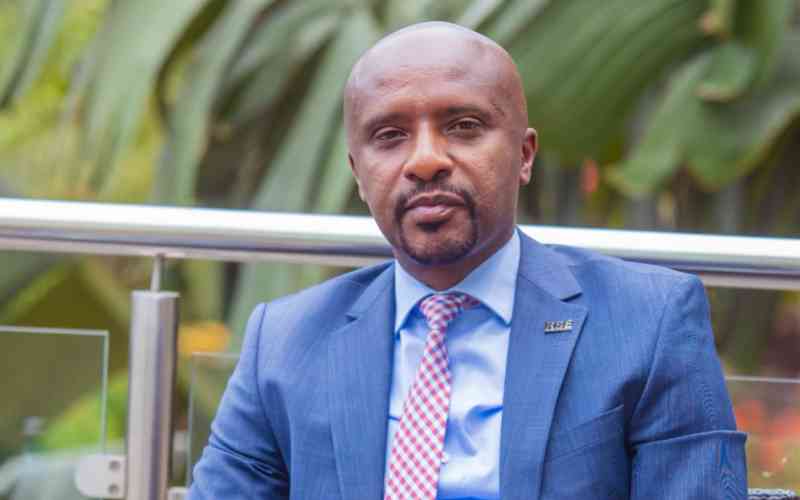
The University Fund (UF) is grappling with delays in releasing student funds under the Student-Centered Funding Model (SCFM), Chief Executive Officer Dr Edwin Wanyonyi says.
Speaking at a workshop in Naivasha, Wanyonyi said the agency is facing bottlenecks in tracking student data across institutions before disbursements can be made, including validating records with the Kenya Universities and Colleges Central Placement Service (KUCCPS).
“We take the roll through the universities to determine students who have reported, which we then verify with KUCCPS. The verification takes some time, but we are trying to improve our IT system,” Dr Wanyonyi said.
According to him, the delays have slowed the release of scholarships and loans, at times forcing students to begin semesters before accessing funds
“We must do reconciliation because some students move institutions or change programmes midstream,” he said, noting that reconciliation is required for students, including those who changed programmes, transferred institutions, or graduate mid-cycle.
“The significant difference between the student-centered model and the Differentiated Unit Cost (DUC) model is that we follow a student by name. We disburse funds based on the specific programme a student is taking,” he explained
The Student-Centered Funding Model, rolled out in 2023, replaced the DUC system and allocates funding based on a student’s level of need, combining scholarships, HELB loans and household contributions.
According to UF, 257,523 students have so far been funded to the tune of Sh16.9 billion under the model. The fund has also provided increased support for learners with disabilities.
“Those living with disabilities are given 70 percent scholarships, HELB covers 20 percent, and the household pays the remaining 10 percent. Unfortunately, the majority cannot afford the 10 percent,” he observed.
Despite the reforms, Wanyonyi warned of mounting fiscal pressure on universities.
“You can realise, in the last three years, the number of learners joining higher education has almost tripled. But the funds have remained the same,” he said, noting that UF last year disbursed Sh23.5 billion to public universities and Sh574 million to private institutions under the previous model.
He cited inadequate government funding, reduced revenue from self-sponsored programmes, and low loan repayment rates as key risks to sustainability. Marginalised student awareness, disability support gaps and the absence of Sharia-compliant loan products also remain challenges.
The CEO said policy measures being considered include better financial management and data systems, targeted government support to clear legacy university debts, revenue diversification, and governance reforms.
“The student-centered model is a major step forward for inclusivity and accountability. But to succeed, we must invest in data integrity, technology, and public awareness,” he said.
Stay informed. Subscribe to our newsletter







